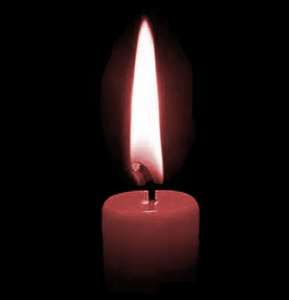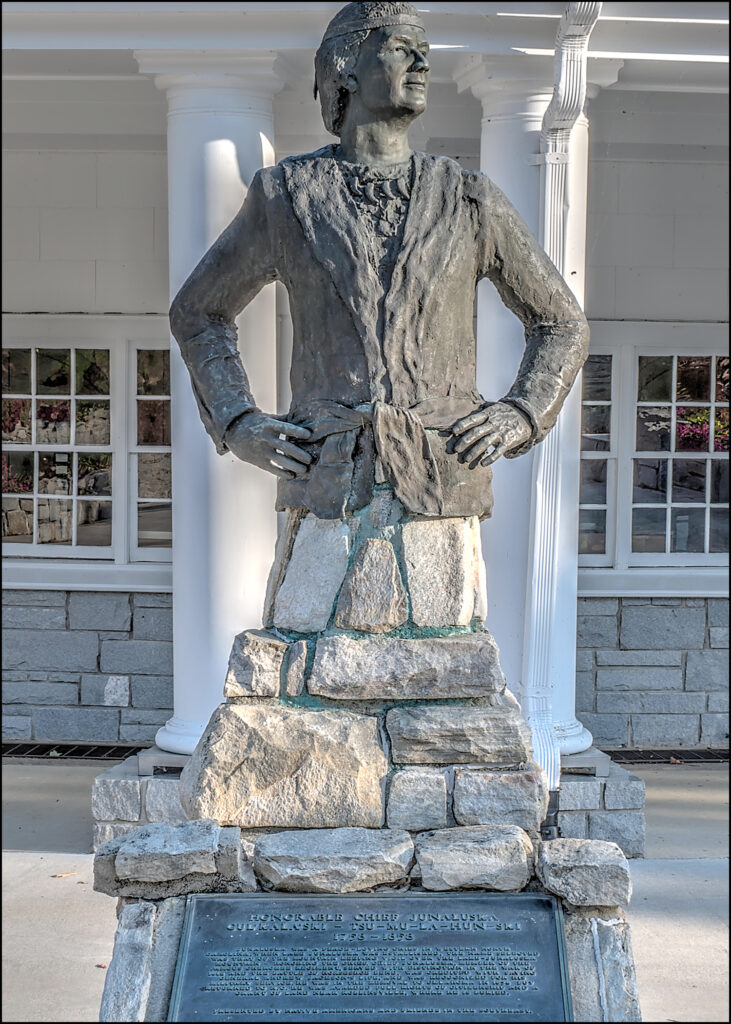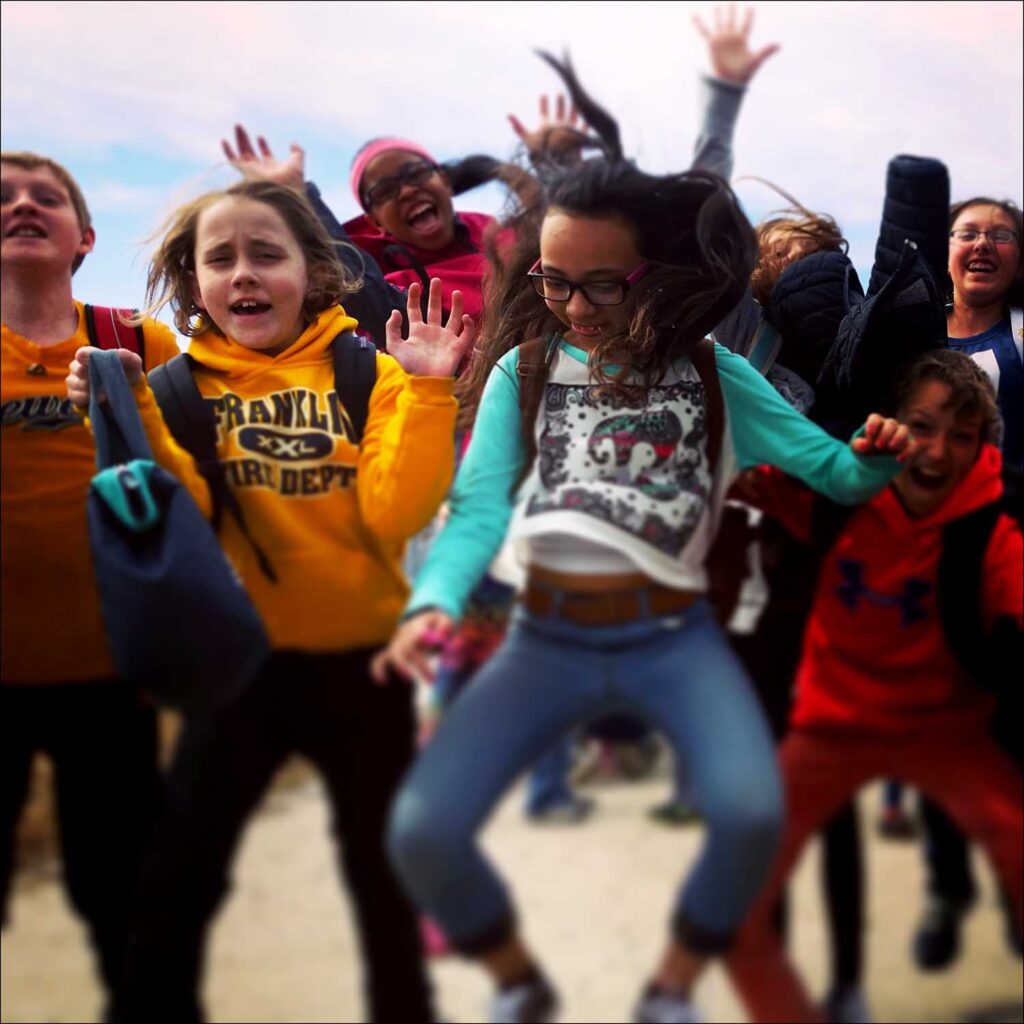Hard History sheds light on our difficult past
It teaches truth rather than whitewashing it.
Sometimes, it’s hard to comprehend the inhumanity that defines it.
“The universe is an imposing reality and an answer to all questions. We shall walk together on this path of life, for all things are part of the universe and are connected with each other to form one whole unity.”
– Dr. Maria Montessori
I had the opportunity to attend the NCMPS Equity in Public Montessori conference in Lake Junaluska this weekend. This was the first time I’ve been able to attend a Montessori retreat of any kind.
This year, our school district has been focusing on anti-bias, anti-racist instruction and guidance. Naturally, a conference on equity in Public Montessori Education lends well to many of the district trainings I’ve attended this school year.
When I saw their advertisements on the NCMPS website back in December, I found the chosen location to be breathtaking.
It featured a pristine, sparkling lake set within dark green rolling hills. The hills are at the foot of mountains varying in shades of soft blue, draped by a translucent haze. Clouds of cotton are hovering above.

Expecting a no, I drummed up the courage to ask to attend. I figured, all the powers that be can do is say no. Without hesitation, my generous principal said yes. I was equal parts surprised, thankful and elated. I knew I would never get this opportunity again.
Where is the Appalachian’s Blue Ridge?
While waiting for Friday’s keynote speaker to start, I sat staring out the window at the reflection of the sky on the lake. Lake Junaluska is a manmade lake in the scenic Smoky Mountain valley of the Blue Ridge Mountains.
Various types of birds – geese, swans, eagles and seagulls among them – were enjoying the serenity of its sloshing water along the shoreline. Gazing at the mountains behind it, I began to wonder if the name ‘Blue Ridge’ came from what appeared to be a blue fog along their top.
The Blue Ridge is a segment of the expansive Appalachian mountain range. The Appalachians span over 13 states. North Carolina (along with neighboring Virginia) hold most of the Blue Ridge’s highest peaks and lowest valleys.
The woman who introduced Friday’s keynote speaker was the executive director of NCMPS. She warmly welcomed us but then shared the heartbreaking story of the spot they chose, Lake Junaluska. This location was chosen intentionally. It is very near where the Trail of Tears had begun.
The Whitewashing of American History
Over the years, I had prepared stories about the Trail of Tears for my students. I felt it was important for them to have a much better understanding of the plight of the Native Americans than what I had learned in elementary school. In my opinion, we weren’t taught much. At best, a heavily edited Disney version.
Growing up in Wisconsin, we were told heroic accounts of French settlers who had travelled here from Europe along the Great Lakes. They were trappers and (mostly badger) fur traders. These settlers conducted their business, we were told, peacefully along the water ways with the native people.
From there, the stories always seemed to fast forward past whatever happened next. The implication was that the Europeans harmoniously settled with our natives (case in point, the tale of Thanksgiving) and together, everyone lived happily ever after.
And of course, Christopher Columbus fearlessly sailed the ocean blue in 1492. Let’s not even go there.
The Trail of Tears Teaches Hard History
That’s not the version I shared with my students. I vowed never to whitewash hard history when I became a teacher. But, I was always afraid I would go too far. That I would share too much with my students and parents would push back. Fortunately, that never happened.
One year during our annual class camping trip, the camp instructors had our students reenact the Trail of Tears. I was relieved that I was not the only educator trying to share this sad chapter of American history with future generations.
It was just before Thanksgiving and the ground was lightly covered with an early blanket of snow. The children were asked to walk about a half mile through the woods after dark, carrying candles for light. They carried supplies and gold coins to pay for safe passage along the way.

Tack on about 5,000 more miles, it might have come closer to the true experience.
Beyond the actual journey, I hadn’t yet looked very closely at certain details, like what had occurred near the beginning or the end of the journey. After a motivating keynote session and a small social event, I went back to my lodge and did a bit more research.
The Legend of Chief Junaluska
Turns out European settlers had noticed the bluish haze along the top of these mountains, too. For this reason, they gave it the name, the Blue Ridge. However, it was the Eastern Cherokee people who called the Blue Ridge Mountains home long before the settlers came. Like most North American names, they were actually the first to term these mountains. The Cherokees had named the mountains Shaconage (shah-CON-ug-gee) meaning the land of the blue smoke.
Lake Junaluska was named after the Cherokee leader, Chief Junaluska. Chief Junaluska first earned his distinction by saving Andrew Jackson’s life in 1813, before he became President.
At the start of the War of 1812, Junaluska recruited about 800 Cherokee warriors to “go to the aid of Andrew Jackson” in northern Alabama. Among the frontiersmen fighting for Jackson were Sam Houston and Davy Crockett.
“As long as the sun shines and the grass grows, there shall be friendship between us, and the feet of the Cherokee shall be toward the east.”
– President Andrew Jackson, 1813
Jackson made him a national hero. He was reported to have told Junaluska: “As long as the sun shines and the grass grows, there shall be friendship between us, and the feet of the Cherokee shall be toward the east.”
The Legend of Chief Junaluska
But the harsh reality was very different. In a peace treaty he negotiated with the Creeks after the war, Jackson confiscated 23 million acres of land in Alabama and Georgia from the Cherokee people.
“If I had known that Jackson would drive us from our homes, I would have killed him that day at the Horseshoe.”
– Cherokee Chief Junaluska, 1838

Junaluska was among the Cherokee displaced and relocated to the West during the Trail of Tears in 1838.
When the great removal of the Cherokee began, Junaluska recalled the promise Jackson had made to him during the war with indignation. It is written that he had said, “If I had known that Jackson would drive us from our homes, I would have killed him that day at the Horseshoe.”
Legend has it that Chief Junaluska, after recruiting 50 other Cherokees, escaped from the trail and turned back to their homeland. After having walked the 5,000 miles to what is now called Oklahoma, they walked back and returned to the mountains of their birth in 1842.
When he returned to North Carolina, fortunately and finally the state recognized the debt he was owed. In 1847, North Carolina conferred upon him the right of citizenship. They also granted him a tract of land in what is now Graham County, where he was born. Chief Junaluska lived there until his death on November 20, 1858. This is where you can find his memorial, placed there in 1910.
And that, my friends, is a genuine example of hard history.
Do you have more questions about Hard History? Do you have a suggestion for another blog topic? Please send me an email with your ideas or experiences at grumble.services@gmail.com.
If you find this article helpful, please share it. Please join us, if you have yet to do so. Subscribe below and receive articles like this one in your email box weekly. Thank you!
Read More: Walking With Nature: Why It’s So Good For You
All Rights Reserved • © 2022 Grumble Services LLC • grumbleservices.com

References and Read More:
Cherokee Chief Junaluska
by Thomas’ Legion
Chief Junaluska of the Cherokees: A Story from the NOAC Coffeehouse
by Church of the Brethren Newsline, September 2015
National Center for Montessori in the Public Center
Why Are the Blue Ridge Mountains Blue?
by Katie Quine, November 2015



